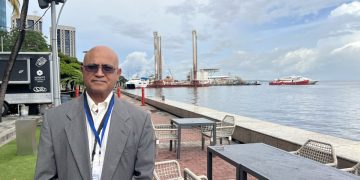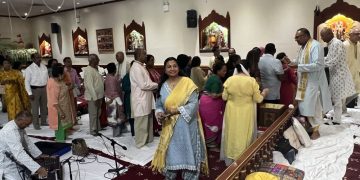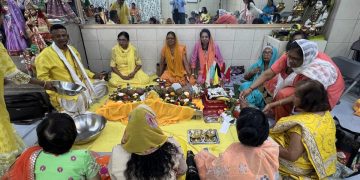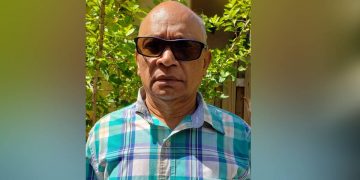Dear Editor:
As February is Black History month, I wish to share two pieces of information on Guyanese history which, I believe, are not generally known by most Guyanese. It is my hope that those with more knowledge on these matters can add to what I have written or that my pieces could lead budding historians at the University of Guyana to pursue further research.
During my pre-adolescent years growing up in Eastern Mahaicony, East Coast Demerara, in the 1950s, I was aware of a place called Sanctuary, located on the eastern bank of the Mahaicony River, opposite Perth Village, and extends eastward to the south of the villages of Grove and Huntley. This place was covered with dense bushes and tall trees, interspersed with patches of green grass. From time-to-time, my Dad and I would visit in search of our cows that escaped from the nearby fieldswhere they would usually graze after the rice harvesting season. When asked who is the owner of Sanctuary, my Dad would reply “it is children’s property, owned by the descendants of slaves but they have all moved away and the place is now abandoned”.
Years later, after I learned about slavery, I surmised that Sanctuary was so named because it was a place of refuge for the slaves who had escaped the cruelty and hardship of life on plantations. Up to 1974 when I emigrated from Guyana, Sanctuary was still covered in bushes and not occupied by anyone. I hope that someone with more knowledge will be able to provide more information on the history of this place and why it was abandoned. Also, were there similar areas of refuge in the counties of Berbice and Essequibo?
Now for the second point of my letter.
During the 1960s, when I lived in Annandale, East Coast Demerara, and taught at the Annandale Government Secondary school, I heard ghastly stories of a cemetery that was located next to the former logies in Lusignan Estate and which was ploughed over and planted with sugar cane. These stories were told to me by individuals who had previously lived in the logies of Lusignan and who had moved to the housing schemes of Annandalewhen the schemes were developed to provide better housing for sugar workers.
I was able to confirm the existence and location of this cemetery when in 1987 I read eminent historian Dr. Basdeo Mangru’s book, Benevolent
Neutrality, based on his doctoral dissertation at the University of London. In the first edition of the book, published in 1987, he reproduces on page 211 a Plan of Plantation Lusignan, dated 1949, which shows the location of a cemetery next to “The Yards”. As we know from the famous poem by Guyanese Poet Laureate, Martin Carter, I come from the N…..Yard, Yard refers to the location of the logies on the plantations. The word “Yards” shown on the Plan points to the segregation on the estates where each group, Africans and Indians, lived in its own Yard. Indeed that cemetery shown in the 1949 Plan, no longer exists as it was converted into sugar cane fields with thriving sugar cane plants.
This raises the question, where are the graves of the thousands of slaves who lived and died on the more than one hundred cotton, coffee and sugar plantations from the 17th century to 1838 when slavery was abolished? As well, where are the graves of the Indentured workers who lived and died on the sugar estates from 1838 to 1917 when indentureship ended? It seems that in life these poor souls toiled on the sugar cane fields and in death they became sugar cane fields.
Harry Hergash









































































